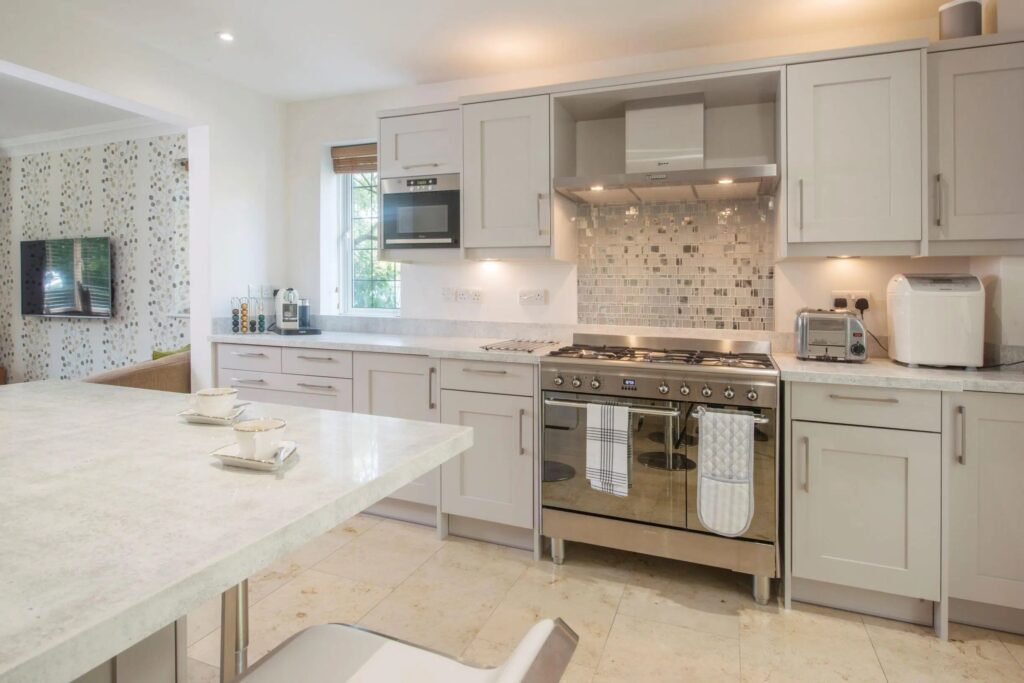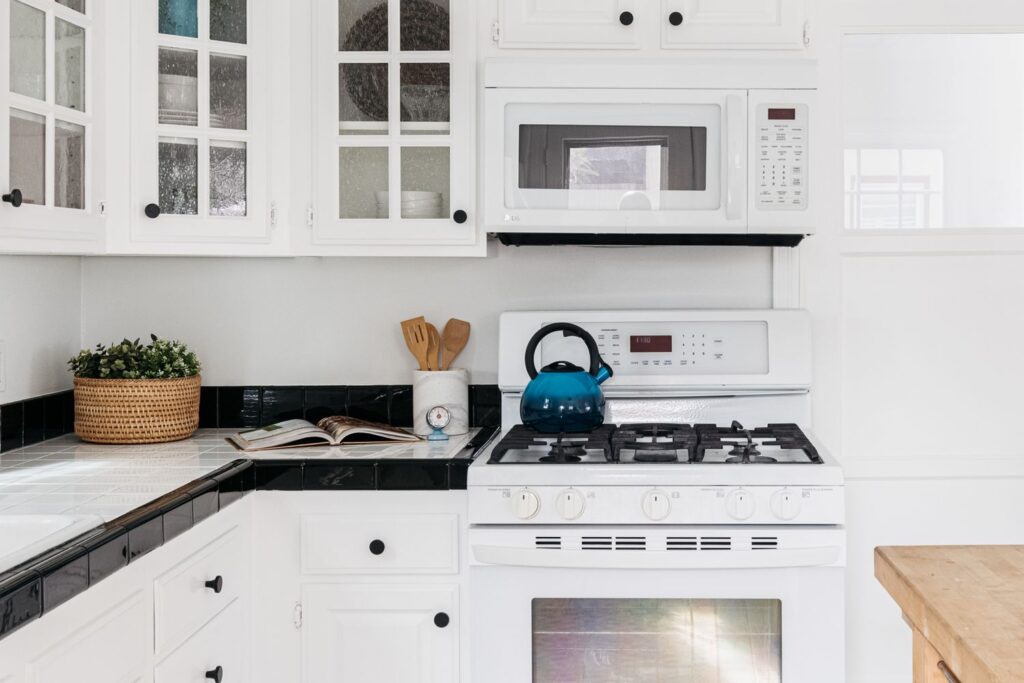As more people opt to age in place, creating a kitchen that is both functional and accessible becomes increasingly important. The right kitchen design can significantly enhance the safety, convenience, and independence of seniors or individuals with mobility challenges. One of the critical elements in an accessible kitchen is the countertop. Selecting the appropriate countertops involves considering height, material, edge style, and overall layout to ensure they meet the specific needs of aging individuals. Here’s how to choose the best kitchen countertops for aging-in-place accessibility.

Consider Adjustable Heights
Traditional countertops are often designed at a standard height of 36 inches, which might not be suitable for everyone, especially for those who use wheelchairs or have difficulty standing for extended periods. Adjustable height countertops or multi-level surfaces can provide a solution, allowing different sections of the kitchen to cater to varying needs. For example, some sections can be lower to accommodate seated users, while others can remain at standard height for standing tasks. This flexibility ensures that all kitchen activities can be performed comfortably and safely.
Opt for Rounded Edges
Sharp edges on countertops can pose a safety hazard, particularly for individuals with limited mobility or balance issues. Rounded or bullnose edges are a safer alternative, reducing the risk of injury from accidental bumps. Additionally, these edges can give the kitchen a softer, more inviting look while enhancing safety. When choosing countertop edges, it’s crucial to prioritize designs that minimize potential harm without compromising on style.
Choose Easy-to-Maintain Materials
Low-maintenance materials are essential for aging-in-place kitchens, as they reduce the need for frequent cleaning and maintenance, which can be strenuous. Quartz and solid surface countertops are excellent choices because they are non-porous, resistant to stains and scratches, and do not require sealing. These materials provide a durable and hygienic surface that can withstand the demands of daily use with minimal upkeep. Additionally, consider countertops with a matte finish to avoid glare, which can be disorienting for some individuals.
Ensure Adequate Lighting
Proper lighting is vital in an accessible kitchen, especially around work surfaces. Countertops should be well-lit to enhance visibility and reduce the risk of accidents. Under-cabinet lighting can illuminate the countertop areas effectively, making it easier to see while preparing food or performing other tasks. Adjustable lighting solutions can also be beneficial, allowing users to modify the light intensity according to their needs and preferences.
Incorporate Contrasting Colors
Using contrasting colors between countertops and cabinetry can help individuals with visual impairments distinguish between different surfaces more easily. A visually distinct countertop edge can also serve as a guide, making it easier to locate and use the work surface. For instance, pairing light-colored countertops with darker cabinetry, or vice versa, creates a clear visual distinction that enhances safety and accessibility.
Integrate User-Friendly Features
Incorporating user-friendly features into the countertop design can further enhance accessibility. Consider installing pull-out shelves or trays beneath the countertops for easy access to utensils and small appliances. Another useful feature is an integrated cutting board or sink cover that can slide out, providing additional workspace that is easy to reach. These thoughtful additions can significantly improve the functionality and convenience of the kitchen for aging users.
Focus on Safety and Stability
The stability and safety of the countertop material are crucial. Some materials, such as granite or marble, are heavy and require strong support structures. Ensuring that the cabinets and supports beneath the countertops are robust and well-constructed can prevent accidents. Additionally, non-slip surfaces are beneficial, particularly for those with limited dexterity or strength. Textured finishes or materials that offer a slight grip can help prevent items from sliding off the countertop, enhancing overall safety.

Conclusion
Designing a kitchen for aging-in-place accessibility involves careful consideration of various factors to ensure that the space is safe, functional, and comfortable for everyone. By selecting adjustable height countertops, opting for rounded edges, choosing easy-to-maintain materials, ensuring adequate lighting, incorporating contrasting colors, integrating user-friendly features, and focusing on safety and stability, you can create a kitchen environment that supports independence and enhances quality of life. Thoughtful countertop choices play a pivotal role in achieving a kitchen that is both beautiful and accessible, allowing individuals to age in place with dignity and ease.

